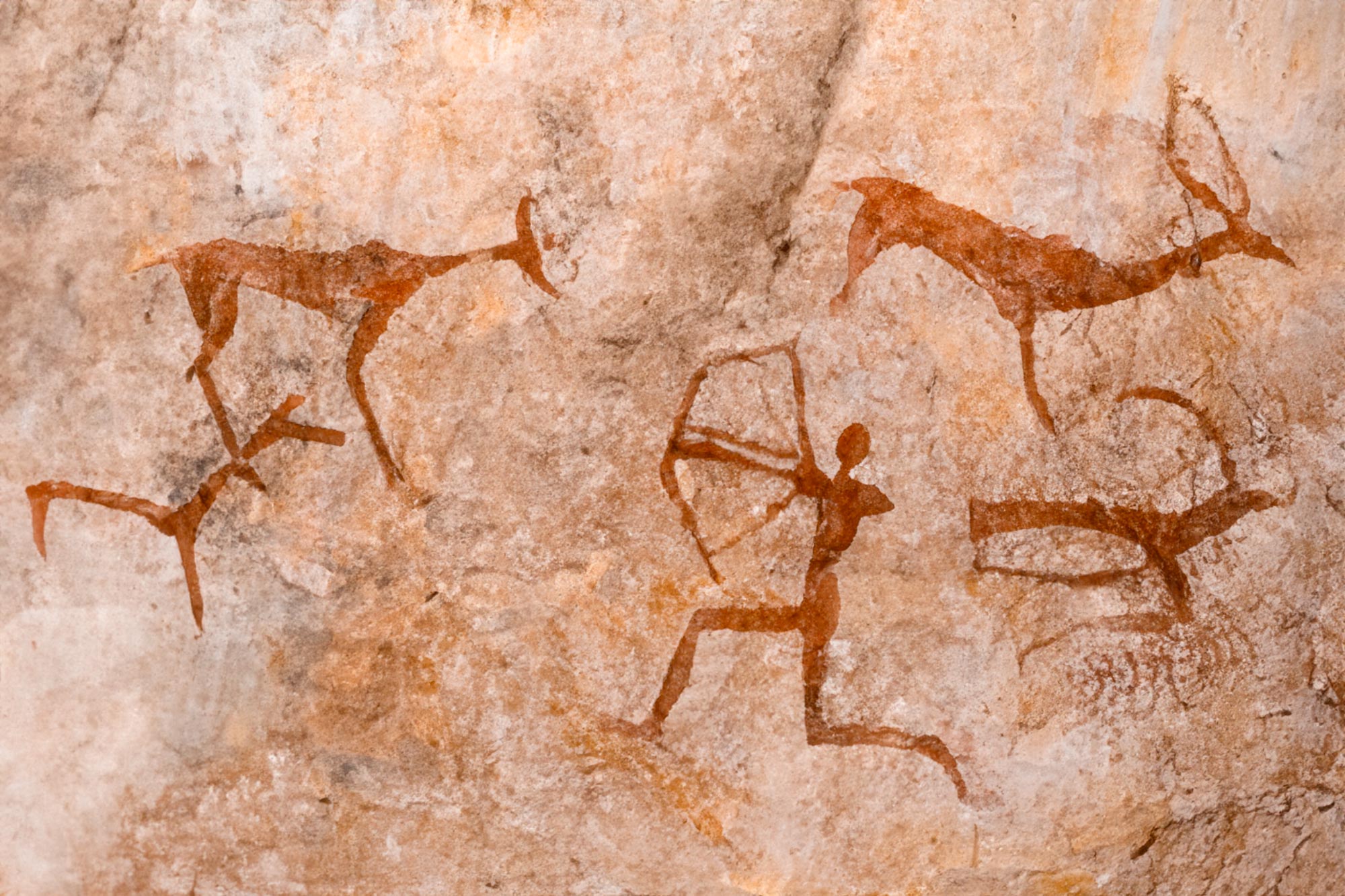University of Delaware Professor Challenges Traditional Gender Roles in Prehistoric Times
In a revolutionary study, anthropology professor Sarah Lacy from the University of Delaware has questioned the long-standing belief that labor roles during ancient times were strictly divided by sex. Contrary to popular belief, Lacy’s research, published in Scientific American and American Anthropologist, found little evidence supporting the notion that specific roles were assigned to each sex.
Traditionally, it has been assumed that men were hunters and women were gatherers due to physical differences between the sexes. However, Lacy and her colleague Cara Ocobock from the University of Notre Dame examined evidence from the Paleolithic era (2.5 million to 12,000 years ago) and found that women were not only physically capable of hunting, but there is little evidence to suggest that they did not engage in hunting activities.
Challenging Gender Bias in Archaeology
Lacy, a biological anthropologist, and Ocobock, a physiologist, joined forces after noticing a prevailing gender bias in archaeological findings. They questioned why the default assumption was that men were hunters and women were gatherers, despite evidence to the contrary. By examining tools, diet, art, burials, and anatomy, the researchers found examples of gender equality in ancient societies.
According to Lacy, many artifacts from the past were automatically attributed to males without considering the possibility that both sexes took part in various activities. The lack of gender-specific markers on stone tools, for example, makes it difficult to determine who made them.
Exploring Physiological and Anatomical Evidence
One aspect examined by Lacy and Ocobock was the idea that anatomical and physiological differences between men and women prevented women from hunting. While men generally have advantages in activities requiring speed and power, women excel in endurance-based activities such as long-distance running. Both qualities were essential for hunting in ancient times.
Estrogen, a hormone more prominent in women, was identified as a key component in providing women with an advantage in endurance-based activities. Estrogen enhances fat metabolism, providing muscles with a longer-lasting energy source and regulating muscle breakdown to prevent fatigue. Moreover, evidence from ancient skeletal remains shows no significant difference in trauma patterns between males and females, indicating shared activities.
Reevaluating Prehistoric Gender Roles
During the Paleolithic era, small groups of people relied on flexibility and adaptability for survival. Lacy argues that it would not make sense for only part of the group to hunt while others specialized in gathering. The concept of “man the hunter” gained popularity in 1968 when scholars promoted the idea that hunting drove human evolution, assuming that all hunters were male. This narrative permeated academia and popular culture for decades, obscuring research contradicting this view by female scholars.
Lacy hopes that her research will shift the default assumption and encourage further investigation into the lives of prehistoric women. She emphasizes that our modern-day gender roles are not inherent and were not characteristic of our ancestors. For millions of years, both males and females participated in gathering and relied on hunting for sustenance.
As researchers continue to gather more evidence about prehistoric societies, Lacy’s work challenges the prevailing belief and urges future studies to adopt a more inclusive approach to understanding ancient gender roles.
Reference: “Woman the hunter: The archaeological evidence” by Sarah Lacy and Cara Ocobock, American Anthropologist
“`HTML
Posted by University of Delaware on Friday, September 15, 2023
“`


